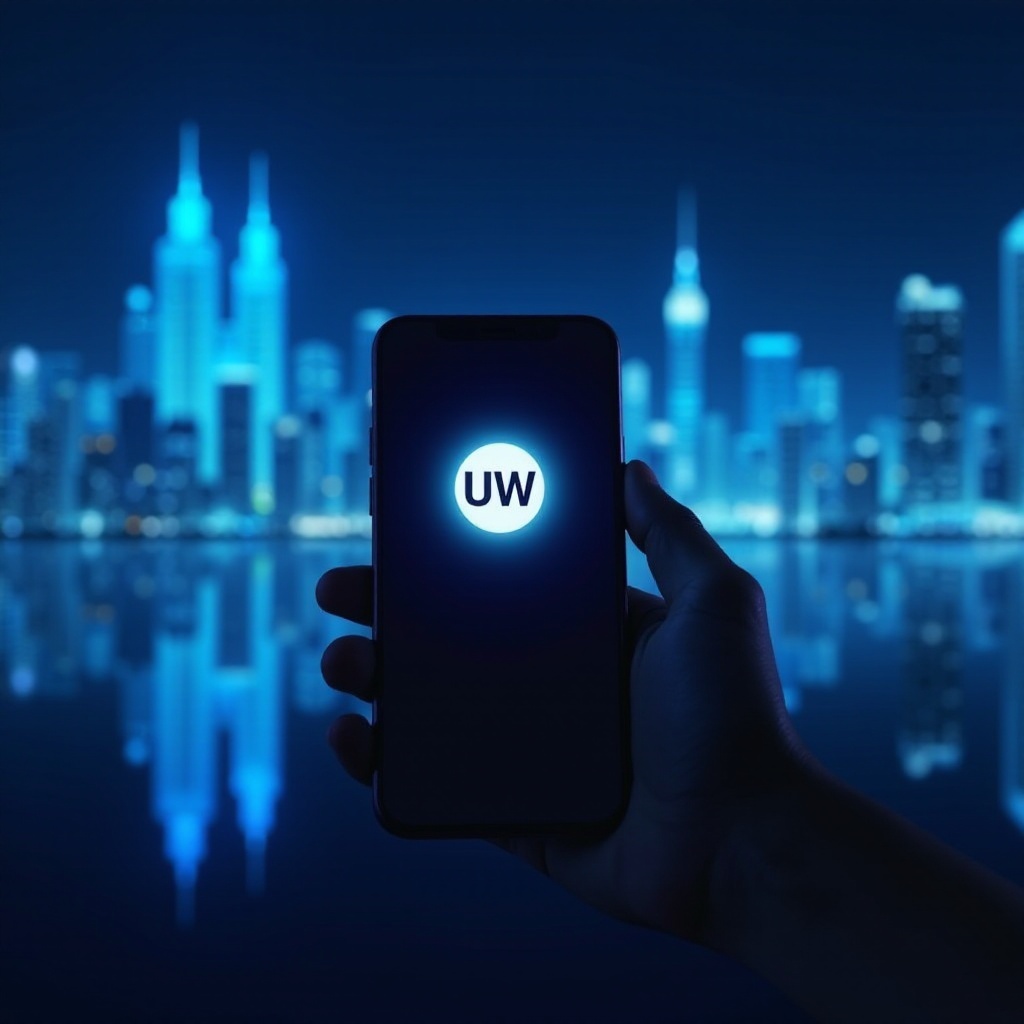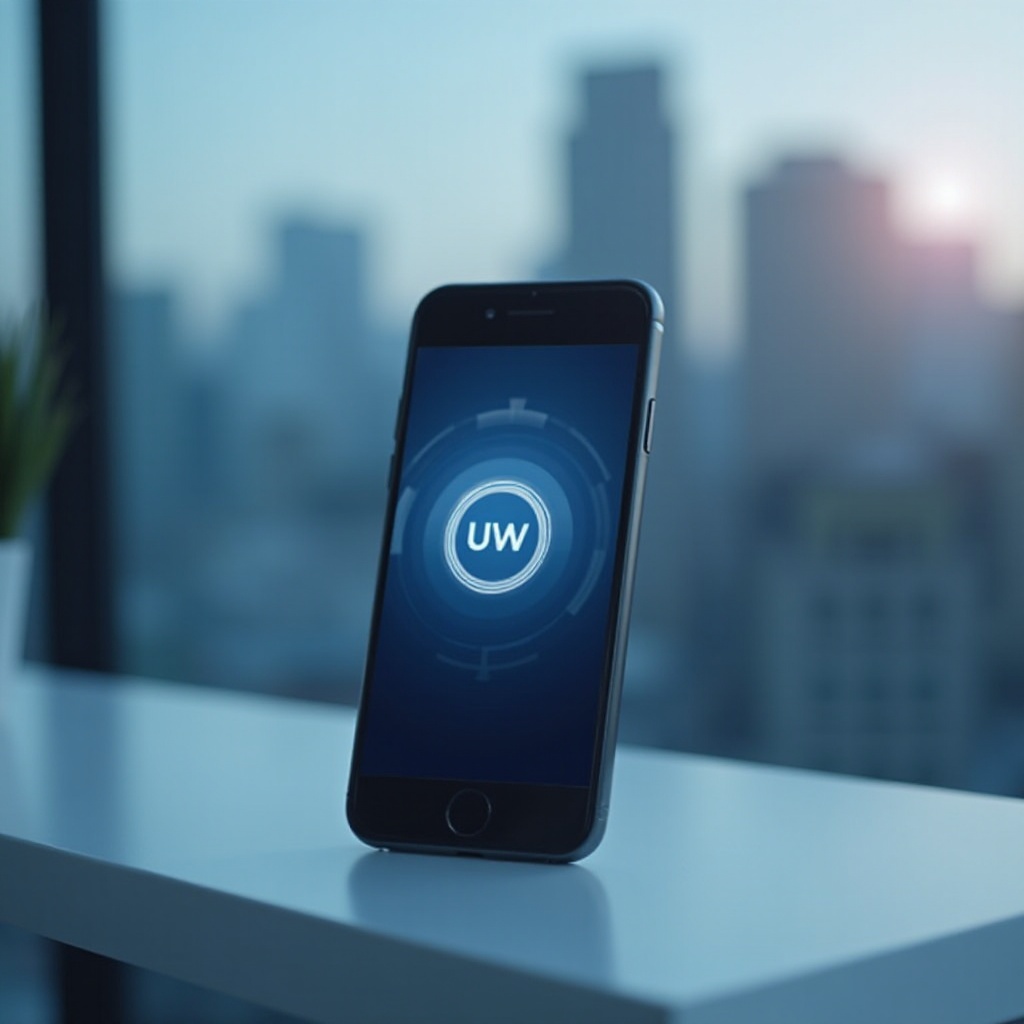What Does 5G UW Mean on My Phone? Understanding Ultra-Wideband Technology
Introduction
Seeing the 5G UW icon on your phone signifies more than a string of letters; it represents a leap into advanced mobile connectivity. As users demand faster speeds and seamless connections, decoding these acronyms becomes vital. Amidst a myriad of technologies, 5G UW, or Ultra-Wideband, emerges with promises of remarkable speed and efficiency. Understanding 5G UW empowers users to make informed choices about devices and network options. This article delves into the nuances of 5G UW and its significance for mobile users.

What is 5G and How Does It Differ from 5G UW?
5G, the fifth generation of mobile networks, marks a significant advancement over 4G, introducing greater speeds, more bandwidth, and reduced latency. These improvements facilitate smoother video streams, swift downloads, and dependable connections, even for advanced applications such as IoT and augmented reality. Current 5G technologies encompass low-band, mid-band, and high-band frequencies, each serving unique functions: low-band for extensive coverage with lesser speeds, mid-band balancing speed and coverage, while high-band delivers rapid speeds over short ranges.
5G UW, specifically, refers to the high-band frequency segment known as millimeter wave (mmWave). This facilitates exceptionally fast data transfers, surpassing standard 5G speeds. While all 5G networks enhance connectivity, 5G UW particularly focuses on speed and data capacity. Identifying these various types of 5G options helps users determine which network configuration suits them best.

The Technology Behind 5G UW
5G Ultra-Wideband relies on the millimeter wave spectrum to achieve superior performance. Operating at frequencies between 24 GHz and 100 GHz, these waves can carry substantial data volumes with negligible latency, albeit struggling with long-distance coverage and solid obstacles. To overcome these hurdles, providers implement small cell technology, deploying closely spaced small cells to ensure strong signal strength over short distances. Moreover, beamforming—a technique that directs signal strength in precise directions—enhances both speed and reliability. By integrating millimeter waves and beamforming, 5G UW maximizes efficiency, offering excellent connectivity, especially in densely populated urban areas.
Benefits of 5G UW for Mobile Users
The integration of 5G UW technology brings numerous enhancements to mobile users, influencing present smartphone use and future technological advancements:
-
Lightning-Fast Speeds: Data speeds are up to ten times faster than current 4G networks, bolstering everything from media streaming to application downloads.
-
Low Latency: Reduced latency is crucial for real-time applications; whether gaming, video conferencing, or utilizing IoT devices, users will notice minimal delays.
-
Increased Network Capacity: Ultra-Wideband enables networks to support more simultaneous connections, beneficial in crowded locales or events.
-
Enhanced Quality of Service: Reliable data handling ensures that services like video calls or virtual reality proceed without interruption.
-
Potential for Innovation: The capabilities of 5G UW hold promise for new applications and services, particularly in augmented reality and telemedicine, reshaping everyday technology use.
By leveraging these benefits, smartphone users can vastly improve their mobile experiences, from basic tasks to cutting-edge tech trends.
How to Check If Your Phone Supports 5G UW
Determining 5G UW compatibility for your device is straightforward. Here’s how to verify:
-
Device Specifications: Consult your phone’s technical specs via the manufacturer’s website or the user manual. Look for mentions of 5G and UW or mmWave.
-
Carrier Information: Many carriers provide lists of compatible devices on their sites. Confirm with your provider about your phone’s 5G UW capabilities.
-
Network Settings: Check your phone’s network settings under ‘Network’ or ‘Mobile Networks’ for connectivity types, including 5G or 5G UW.
-
Software Updates: Keep your phone’s software current, as updates can enhance 5G capabilities, including activating 5G UW features.
Verifying compatibility ensures you’re maximizing 5G UW’s potential, enhancing your mobile experience.
The Impact of 5G UW on Mobile Data Plans
The adoption of 5G UW impacts mobile data plans, offering both opportunities and considerations:
-
Speed Tiers: Carriers may introduce speed tiers, with premium plans offering 5G UW access alongside increased data limits.
-
Pricing Adjustments: While basic plans remain affordable, accessing exclusive 5G UW features can incur extra costs or be part of limited promotions.
Investing in a 5G UW-compatible plan can enrich your connectivity but requires a judicious review of personal needs and usage patterns.

Challenges and Limitations of 5G UW
Despite its cutting-edge features, 5G UW has challenges:
-
Coverage Limitations: It largely benefits urban areas with dense infrastructure, offering limited reach elsewhere.
-
Infrastructure Costs: Building necessary infrastructure involves substantial expenses and gradual rollouts.
-
Device Compatibility: Not every device supports 5G UW, requiring upgrades or specific purchases.
Understanding these challenges is essential for managing expectations and making informed decisions about adopting 5G UW.
Conclusion
5G UW is a transformative development in mobile tech, promising unparalleled speeds and connectivity advantages. By differentiating it from standard 5G, users can gauge its relevance and utility. Awareness of compatibility, benefits, and costs supports a considered approach to embracing this innovative technology.
Frequently Asked Questions
What phones are compatible with 5G UW?
Several flagship smartphones from brands like Samsung, Apple, and Google support 5G UW. Models like the Samsung Galaxy S21 series and iPhone 13 series are typically compatible.
Is 5G UW faster than regular 5G?
Yes, 5G UW employs millimeter wave technology, enabling much higher data transmission speeds compared to conventional mid-band or low-band 5G.
Will 5G UW work everywhere?
No, 5G UW primarily functions in urban environments with dense infrastructure. Rural and suburban areas may not yet have substantial coverage.


